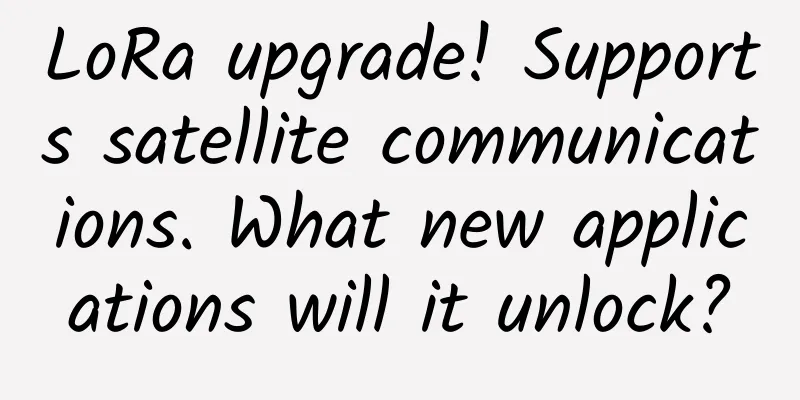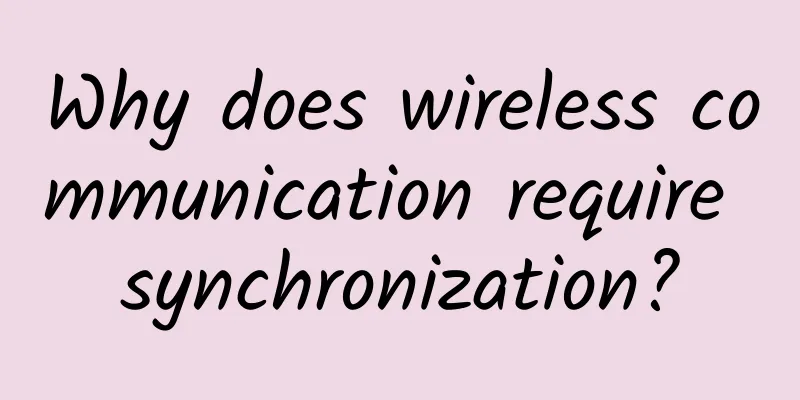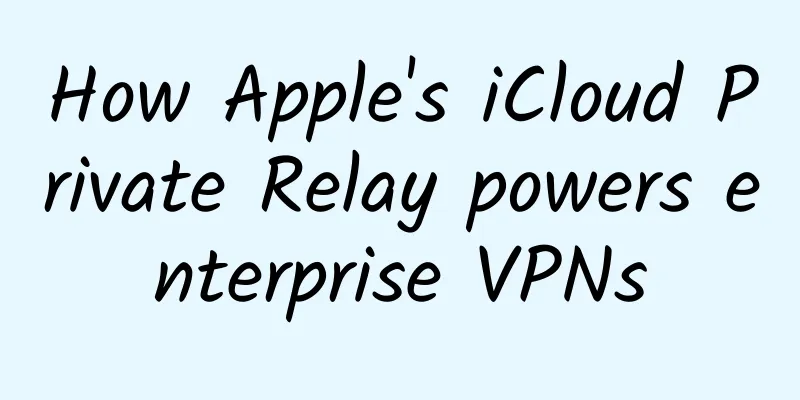LoRa upgrade! Supports satellite communications. What new applications will it unlock?

|
In the second half of 2021, the British space startup SpaceLacuna used the radio telescope in Dwingeloo, the Netherlands, to bounce a LoRa message off the moon for the first time. Judging from the quality of the data captured, this was definitely an impressive experiment, as one of the messages even contained a complete LoRaWAN® frame. Spectrogram of the received message, including the modulated call sign "PI9CAM" Delay Doppler diagram of the received signal It is reported that LacunaSpace uses a group of low-Earth orbit satellites to receive information from sensors integrated with Semtech's LoRa devices and ground wireless radio frequency technology. The satellites circle over the Earth's poles every 100 minutes at 500 kilometers above the ground. As the Earth rotates, the satellites cover the globe. LoRaWAN is used by satellites, which saves battery power, and messages are stored for a short time until they pass through the ground station network. The data is then relayed to applications on the ground network or can be viewed on a web-based application. This time, the LoRa signal sent by LacunaSpace lasted for 2.44 seconds before being received by the same chip. Its transmission distance was approximately 730,360 kilometers. As of now, this may be the longest distance for LoRa message transmission. As for satellite-to-ground communication based on LoRa technology, a milestone was achieved at the TTN (The Things Network) conference in February 2018, proving the feasibility of LoRa's application in satellite IoT. In the live demonstration at that time, the receiver captured the LoRa signal transmitted from the low-orbit satellite. Today, using existing low-power long-range IoT technologies, such as LoRa or NB-IoT, to provide direct communications between IoT devices and orbiting satellites around the world can be considered part of the low-power wide-area network market. Before its commercial value is widely recognized, it does not prevent these technologies from becoming an interesting application direction. Semtech's efforts: LR-FHSS fills the market gap in IoT connectivityAs early as a few years ago, Semtech began to focus on LR-FHSS, and at the end of 2021, it officially announced that the LoRa platform added support for LR-FHSS. The so-called LR-FHSS, namely Long Range – Frequency Hopping Spread Spectrum, is also a physical layer modulation technology, just like LoRa, and its performance is mostly consistent with LoRa, such as sensitivity and bandwidth support. LR-FHSS can theoretically support millions of terminal nodes, which significantly improves network capacity and solves the channel congestion problem that previously restricted the development of LoRaWAN. In addition, LR-FHSS also has high anti-interference ability, can alleviate data packet conflicts by improving spectrum efficiency, and has uplink frequency hopping modulation capability. After integrating the LR-FHSS function, LoRa is more suitable for application scenarios with dense terminals and large data packets. Therefore, the LoRa satellite project integrated with the LR-FHSS function has multiple advantages:
Fourth, it achieves lower costs, including management and deployment costs (no need to develop additional hardware, and it has its own satellite communication capabilities). It is reported that Semtech's LoRaSX1261, SX1262 transceivers and LoRaEdgeTM platform and V2.1 gateway reference design all support LR-FHSS. Therefore, in real applications, the network capacity and anti-interference ability can be improved by upgrading and replacing the software of LoRa terminals and gateways respectively. For LoRaWAN networks that have already deployed V2.1 gateways, operators can enable new functions through simple gateway firmware upgrades. Integrated LR-FHSS: LoRa continues to expand its application scopePreviously, BergInsight, an IoT market research organization, released a research report on satellite IoT. Data showed that despite the adverse impact of the COVID-19 pandemic, the number of global satellite IoT users still grew in 2020, with a total scale of 3.4 million; it is expected that the global satellite IoT users will have an annual compound growth rate of 35.8% in the next few years, reaching 15.7 million in 2025. Currently, only 10% of the world’s regions can access satellite communication services, which provides a broad market space for the development of satellite IoT and also an opportunity for low-power satellite IoT. LR-FHSS will also promote the development of LoRa deployment worldwide. The addition of LR-FHSS support to the LoRa platform will not only help it provide more cost-effective and ubiquitous connectivity services to remote areas, but also mark an important step towards large-scale IoT deployment in densely populated areas, which will further promote the global deployment of LoRa and further expand innovative applications: (1) Support satellite IoT services LR-FHSS enables satellites to connect to vast remote areas around the world, supporting positioning and data transmission needs in areas without network coverage. Relevant LoRa use cases include wildlife tracking, container positioning of ships at sea, livestock positioning on pastures, smart agricultural solutions to increase crop yields, and global distribution asset tracking for improving supply chain efficiency. (2) Support more frequent data exchange In the past LoRa application fields, such as logistics and asset tracking, smart buildings and parks, smart homes, smart communities, etc., the amount of LoRa modulation signals in the air will increase significantly due to the longer and more frequent signal exchanges in these application scenarios. The channel congestion problem caused by the development of LoRaWAN can also be solved by upgrading LoRa terminals and replacing gateways. (3) Enhanced indoor depth coverage In addition to expanding network capacity, LR-FHSS supports deeper indoor terminal nodes in the same network infrastructure, thereby improving the scalability of large-scale IoT projects. For example, LoRa is the technology of choice in the global smart meter market, and enhanced indoor coverage will further consolidate its position. More and more players are entering the low-power satellite IoT market, and overseas LoRa satellite projects are emergingMcKinsey & Company has predicted that the output value of space-based IoT may reach US$560 billion to US$850 billion in 2025, which may be the main reason why a large number of companies are chasing this market. Currently, nearly dozens of manufacturers have proposed satellite IoT networking plans. From the perspective of overseas markets, satellite IoT is an important area of innovation in the IoT market. As part of the low-power satellite IoT, LoRa has already been widely used in overseas markets:
Looking at the overseas market, there are not only many mature applications of this project, but also many companies are very enthusiastic. Omnispace, EchoStarMobile, Lunark and many other companies are trying to use the LoRaWAN network to provide IoT services with lower costs, larger capacity and wider coverage. Final ThoughtsAlthough, LoRa technology can also be used to fill the gaps in rural areas and oceans that lack traditional network coverage, it is an excellent way to solve the "Internet of Everything". However, from the perspective of the domestic market, the development of LoRa in this area is still in its infancy. Compared with overseas markets, it faces more challenges:
|
<<: 5G private network spectrum allocation controversy: not black and white, but efficiency first
Recommend
Analysis of the operating data of the three major operators in August: 5G users have entered a golden growth period
Recently, the three major operators released thei...
Common ways to manage networks through AIOps
NetOps teams in enterprises are faced with the ch...
edgeNAT May 1st Promotion: 30% off for annual VPS and 20% off for monthly VPS, top up 500 and get 100 free, Hong Kong/Korea 2G memory package starting from 48 yuan per month
edgeNAT is a Chinese hosting company established ...
A brief discussion on WebSocket interface testing
What is WebSocket WebSocket is a protocol based o...
[Black Friday] Virtono virtual hosting/VPS 30% off for the first month, 50% off for down payment or 30% off forever
Virtono is a foreign VPS hosting company founded ...
You have to know these eleven functions of the router
Many friends often leave messages asking, how to ...
6G research and development has entered a critical window period. How far is it from commercialization?
Based on the principle of "using one generat...
Basic concepts and development prospects of Bluetooth Mesh protocol
Each device node in the Mesh network can send and...
HostTheBest: $2.5/month KVM-quad-core/1GB/30G SSD/1Gbps unlimited traffic/Los Angeles data center
HostTheBest's website about page introduces t...
Increase power, adjust location, and switch channels to speed up WiFi.
Have you adapted to your daily work and life afte...
5G: Number of terminal connections exceeds 200 million
2020 is the first year of large-scale constructio...
Can 5G address workplace safety issues?
As 5G networks roll out around the world, their p...
Passive Wi-Fi technology bridges the digital divide
The digital divide is a term used to describe the...
80VPS: Hong Kong dedicated server 100M bandwidth 450 yuan/month, US CN2 server 350 yuan/month
80VPS is promoting some independent servers. For ...
The three major operators were forced to delist from the US: the impact was not significant but the intention was obvious
On December 31 last year, the New York Stock Exch...









